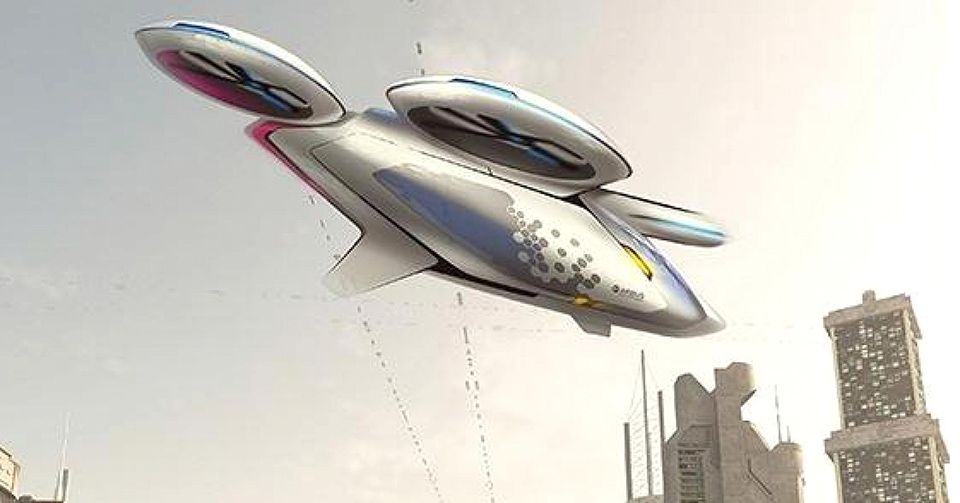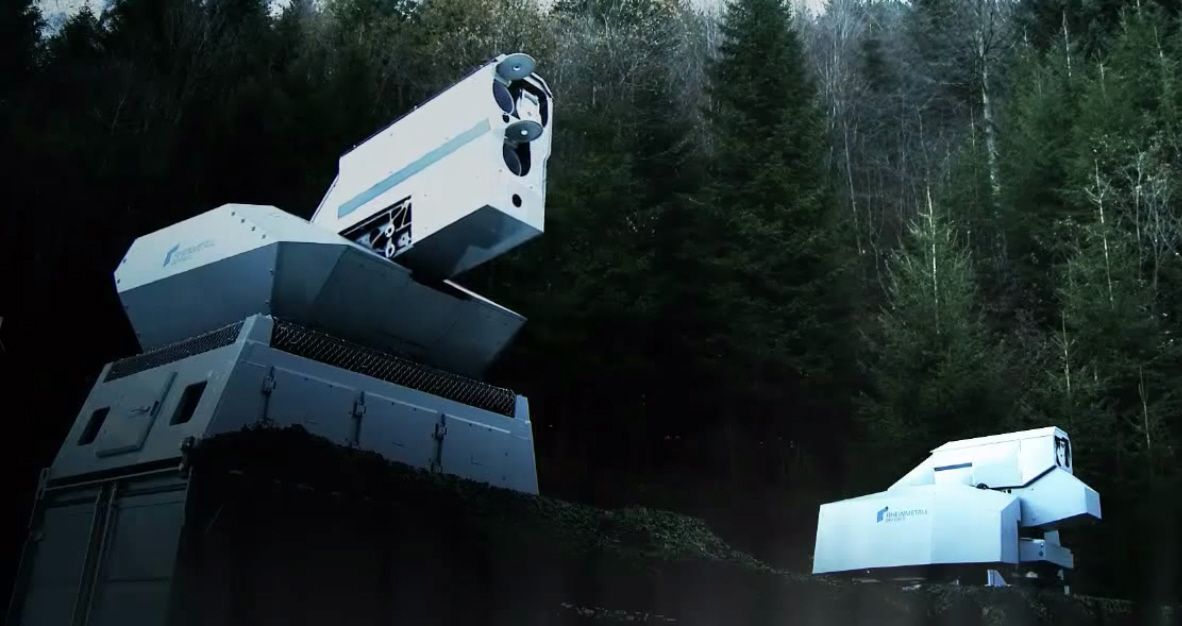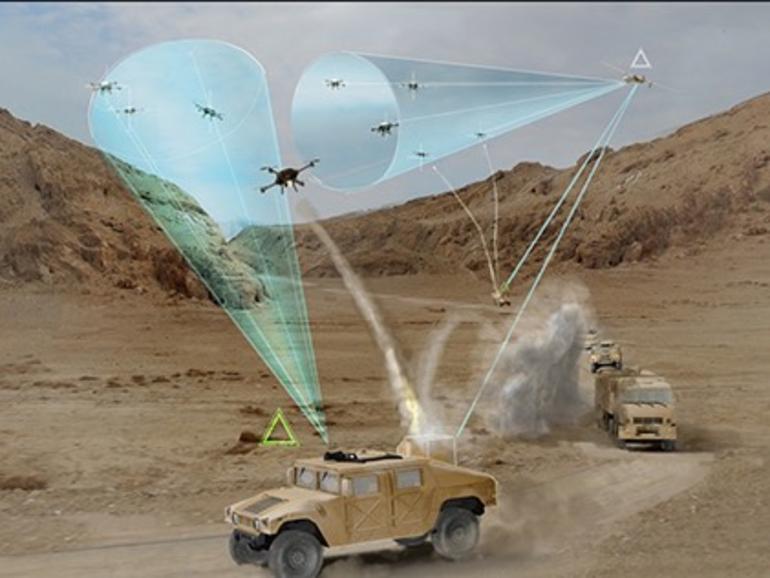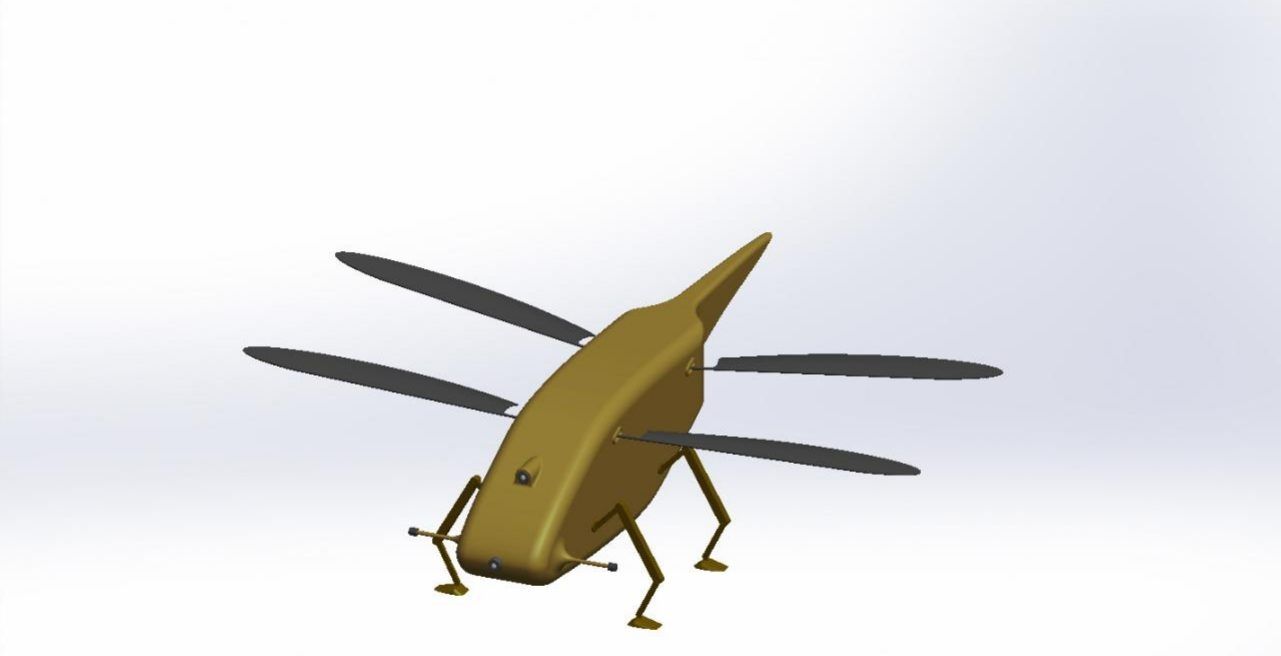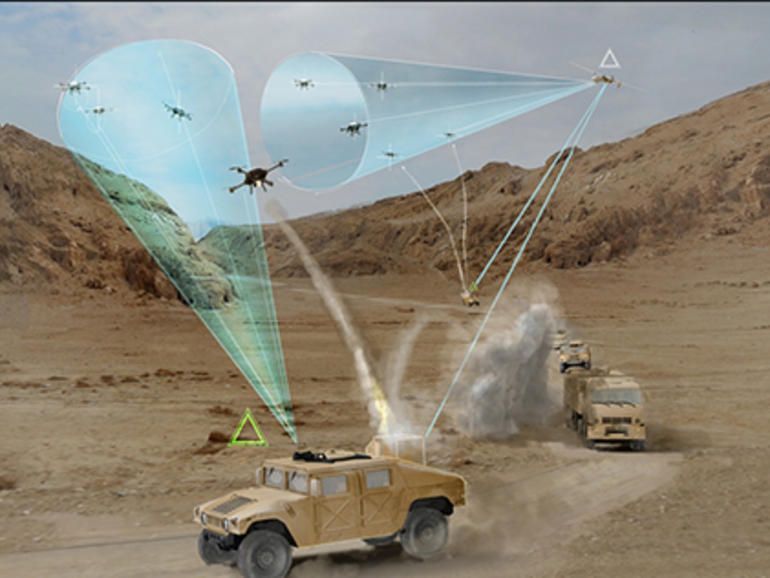If a self-flying taxi scheme didn’t come from the world’s second largest aeronautical company, we might think it was a prank. However, Airbus appears to be serious about its “Vahana” project, aimed at creating an autonomous passenger drone network, and thinks testing can begin as early as 2017. That sounds ambitious, to say the least, but “many of the technologies needed, such as batteries, motors and avionics are most the way there,” according to Airbus engineer Rodin Lyasoff.
Users arriving at, say, an airport would book a seat on a so-called zenHop “CityAirbus” drone, then proceed to a “zenHub” helipad, according to the concept. They’d be flown to their destination for about the same cost as a taxi, since the ride would be shared by several passengers. Luggage would be delivered by another service (zenLuggage, of course), and the whole thing would be safeguarded from hackers by (wait for it) zenCyber.
